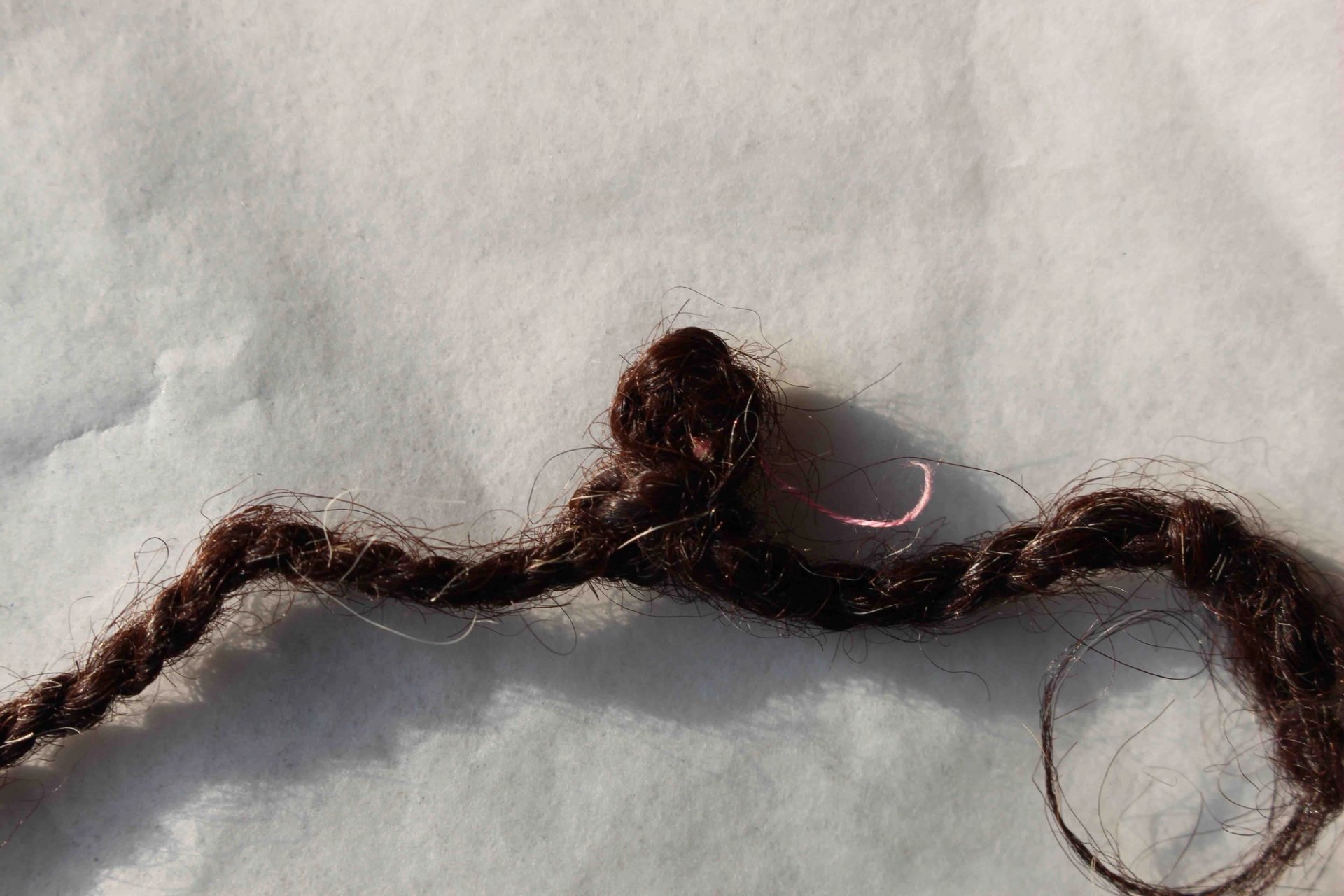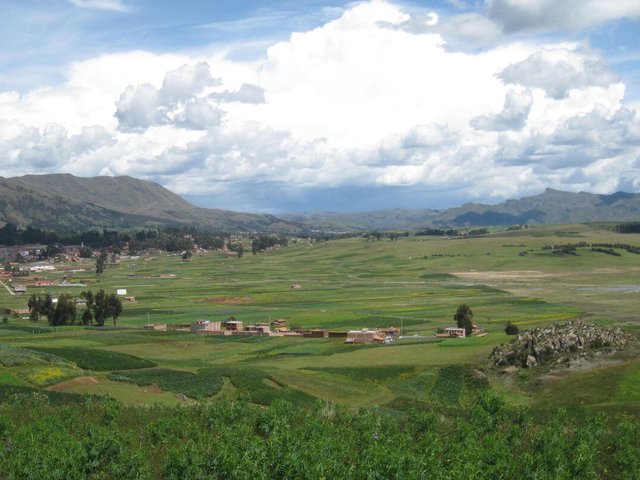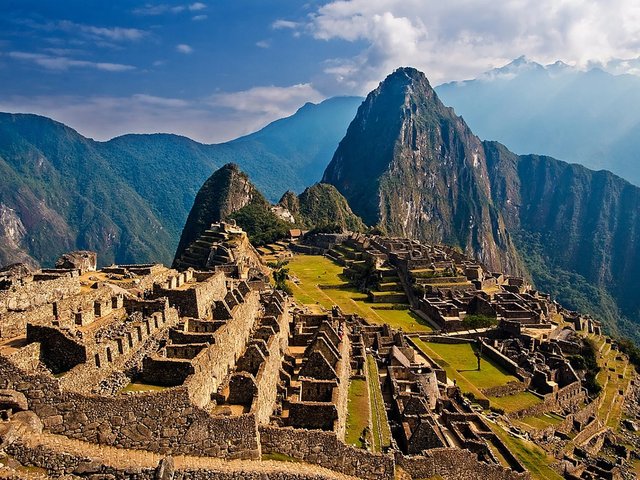It has long been believed that within Ancient Inca society, khipus—intricate woven string objects used as a form of writing—were the preserve of the elite. But after studying human hair woven into a khipu made in southern Peru or northern Chile five-hundred years ago, a group of researchers have concluded that its creator had eaten a diet associated with low-ranking individuals. This shows that khipu literacy was more widespread than previously believed.
“These results were a massive surprise!” Sabine Hyland, the professor of world religions at the University of St Andrews in the UK, who led the research, tells The Art Newspaper. “When I sent in a sample of the human hair to the lab for analysis, I fully expected the results to reveal that this person had the diet of a very high-status person, dining on lots of meat and drinking lots of maize beer. The latter, especially, is considered a mark of high status in the Inca Empire, which flourished across a large part of South America from around 1400 to 1532. So, it was a shock that this khipu—which is so beautifully and delicately made—was fashioned by a commoner.”
According to Spanish colonial records, only men from the Incan elite made khipus. This has been a difficult statement to challenge, because although the Inca placed khipus in tombs, these locations were usually discovered looted, making it difficult for archaeologists to connect a khipu with a particular body. Other khipus kept in museums often lack details about their place of origin.
Now, Hyland and colleagues have used isotopic analysis to study human hair that was woven into one khipu around 1498 as a form of “signature”—a frequent practice among khipu weavers. This revealed that the individual had eaten tubers and greens, the diet of everyday people. Their conclusions have been published in the journal Science Advances.
Studying the artistry behind khipus can also reveal details about their ancient creators. “Andean spinners typically spin their thread much tighter than European hand spinners do,” Hyland says. “This makes for very slender threads with a lot of ‘bounce’. Khipus can also have subtle elaborations. For example, in KH0631 [the khipu that was studied], the loose fibres at the ends of some of the pendants are braided back into the pendant instead of left hanging loose. This is the kind of detail that shows a lot of care and a very fibre-like aesthetic.”

A close-up of KH0631, showing the primary cord
Photo: Sabine Hyland
She adds: “When one spends time studying khipus, one gains an artistic appreciation for the level of shine (or matt texture) of the fibres, for the subtle shades of colour, and for the high degree of twist.”
Hyland explains that the study also reveals new layers of connection between past and present communities in the Andes Mountains, where the Incas once ruled. “Khipus continued to be made in some remote parts of the Andes in the 19th and 20th centuries, by Indigenous peasants and hacienda labourers, not by elites” she says. “And now that it appears that at least some commoners made khipus [in the 15th century] too, it reveals more continuity in khipu traditions between the Inca and the post-Inca period.”


![A close-up of KH0631 [the khipu that was studied]
Courtesy of the University of St Andrews](https://cdn.sanity.io/images/cxgd3urn/production/46768a9a12984a2d994ae75fe46d2da2e10c3147-5184x3456.jpg?w=1200&h=800&q=85&fit=crop&auto=format)


